When you are able to touch and smell it, to leap directly into a different world, to experiment and to be astonished. When you are able to dream. All this – on 1 October. That is what the people who created the Muzeiko children’s museum say.
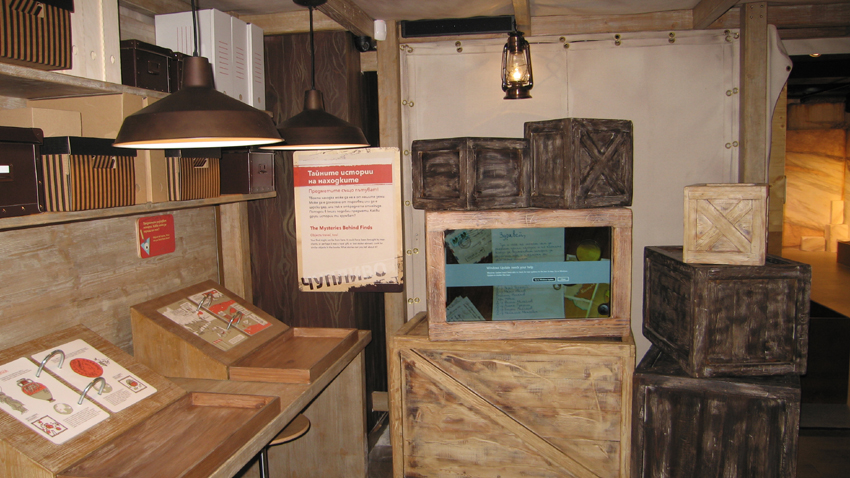 “The idea came from the America for Bulgaria foundation which carried it through from start to finish,” says Kalina Petrova, public relations officer of the new children’s museum. “Muzeiko has toured a great deal before landing in Bulgaria. And every place it has been to it has brought something home – that is what we call the Muzeiko children’s science centre in Sofia. Here, Muzeiko has put on display all finds from prehistory, from the present and from space. And he hung them from the branches of the Tree – a sophisticated machine set in motion by our guests that produces sounds. It demonstrates how objects move in the conditions of zero gravity or what the DNA molecule looks like. And all this is done interactively, set in motion by children.”
“The idea came from the America for Bulgaria foundation which carried it through from start to finish,” says Kalina Petrova, public relations officer of the new children’s museum. “Muzeiko has toured a great deal before landing in Bulgaria. And every place it has been to it has brought something home – that is what we call the Muzeiko children’s science centre in Sofia. Here, Muzeiko has put on display all finds from prehistory, from the present and from space. And he hung them from the branches of the Tree – a sophisticated machine set in motion by our guests that produces sounds. It demonstrates how objects move in the conditions of zero gravity or what the DNA molecule looks like. And all this is done interactively, set in motion by children.”
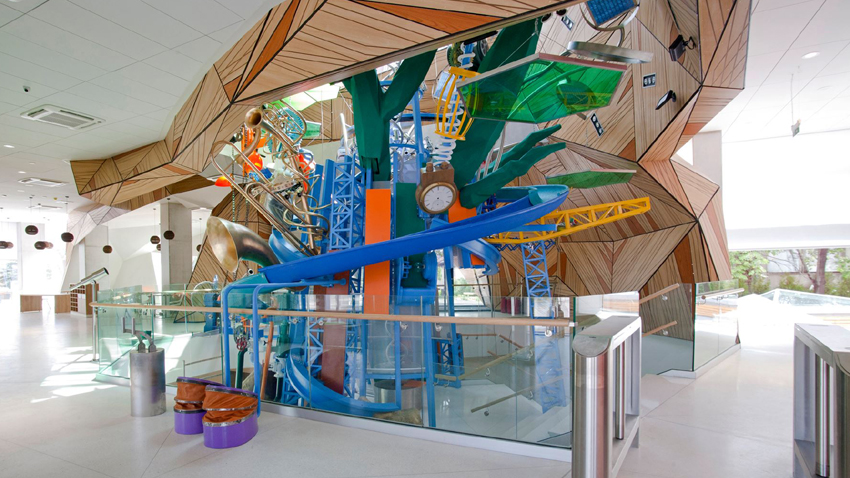 The museum’s centerpiece is a gigantic Tree – a huge moving construction connecting the lowest with the highest point of the museum, prehistory with outer space. The space around the tree is divided up into different epochs – past, present and future. And in each epoch, exhibitions and interactive games help children find out about the most intriguing spheres of science: archaeology, paleontology and geology of the past, nature and architecture of the present, space exploration, energy and communications of the future.
The museum’s centerpiece is a gigantic Tree – a huge moving construction connecting the lowest with the highest point of the museum, prehistory with outer space. The space around the tree is divided up into different epochs – past, present and future. And in each epoch, exhibitions and interactive games help children find out about the most intriguing spheres of science: archaeology, paleontology and geology of the past, nature and architecture of the present, space exploration, energy and communications of the future.
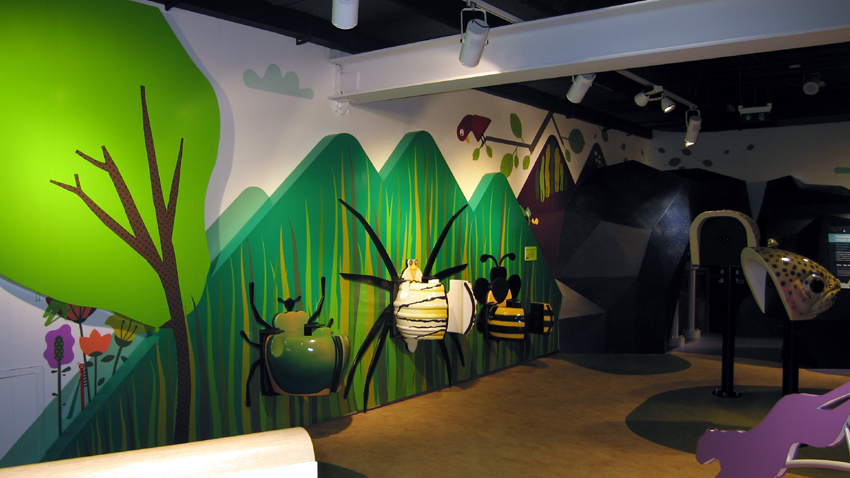 The role games, inspiration and gaining experience in real, practical situations and objects play in the development of children has been the subject of study by many a philosopher and pedagogue. One of the successful, well-established models is the so-called children’s museums. The first such museum opened doors in USA in 1899; now there are some 400 such ventures there. Frequently, children’s museums do not have collections of their own, but they do develop their own games to stimulate children’s curiosity and creative spirit, and sometimes – adults’ as well. That is what the Muzeiko museum which opens doors in Sofia on 1 October is all about. A place children can spend time together with their parents and teachers, a place they can learn in fun and games.
The role games, inspiration and gaining experience in real, practical situations and objects play in the development of children has been the subject of study by many a philosopher and pedagogue. One of the successful, well-established models is the so-called children’s museums. The first such museum opened doors in USA in 1899; now there are some 400 such ventures there. Frequently, children’s museums do not have collections of their own, but they do develop their own games to stimulate children’s curiosity and creative spirit, and sometimes – adults’ as well. That is what the Muzeiko museum which opens doors in Sofia on 1 October is all about. A place children can spend time together with their parents and teachers, a place they can learn in fun and games.
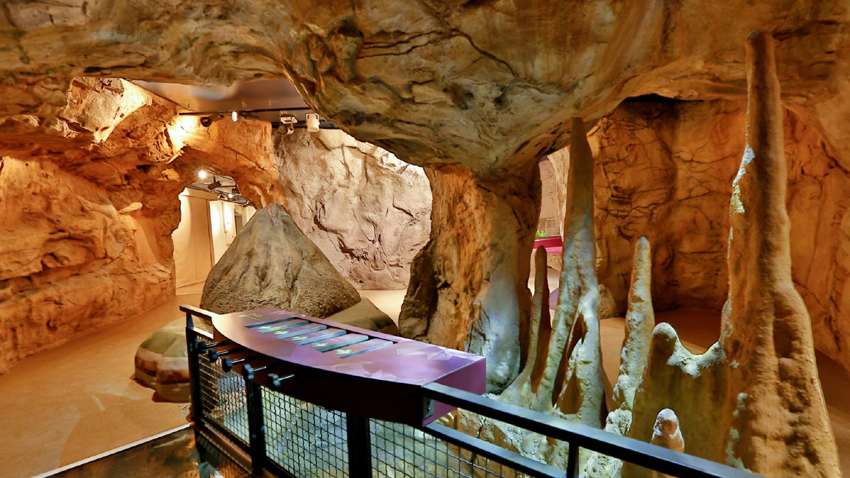 “Children under 12 cannot come to the museum without their parents and we don’t see this as any kind of restriction,” says Kalina Petrova. “This is the learning format, it always involves a small child and an adult, with the adult explaining how the systems work and the interconnections. The child experiments in a real-life environment, choosing among a great many interactive games and enactments. What better way to communicate with our children.”
“Children under 12 cannot come to the museum without their parents and we don’t see this as any kind of restriction,” says Kalina Petrova. “This is the learning format, it always involves a small child and an adult, with the adult explaining how the systems work and the interconnections. The child experiments in a real-life environment, choosing among a great many interactive games and enactments. What better way to communicate with our children.”
Everything there is inside Muzeiko was created by prominent scientists (more than 50 in number), pedagogues and designers and meets cutting-edge tendencies in education. All exhibits are based on theory of learning through play, practice and accelerated learning techniques. The museum is accessible for people with disabilities; admission for them and the people accompanying them is free.
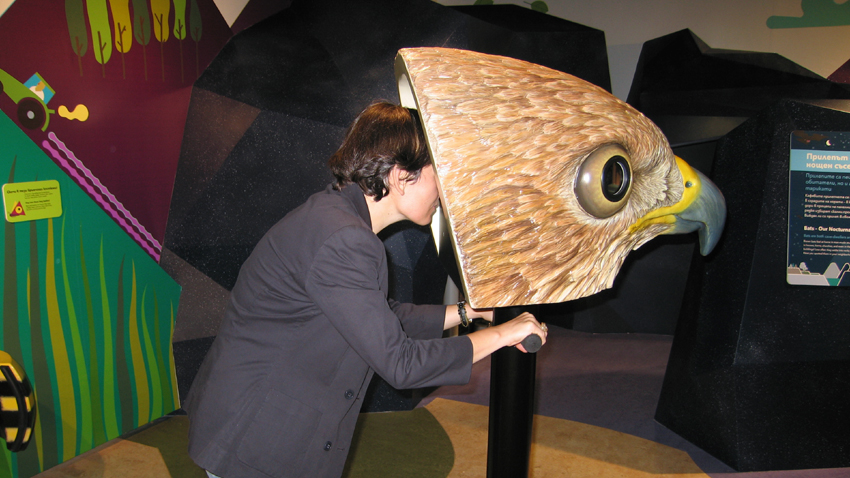 Seeing what the world looks like in the eyes of a frog, playing at archaeologist, architect or builder, understanding the language of the wind, rain and clouds, deciphering the tale of biology, drawing, having fun, learning English in this magic place and never wanting to grow up. These and so many other miracles await kids and their parents here.
Seeing what the world looks like in the eyes of a frog, playing at archaeologist, architect or builder, understanding the language of the wind, rain and clouds, deciphering the tale of biology, drawing, having fun, learning English in this magic place and never wanting to grow up. These and so many other miracles await kids and their parents here.
The aim of such spaces is to transform the cultural and educational infrastructure of the place they appear, Mrs. Petrova says further. Many cities around the world are readily recognizable precisely for their children’s museums and around these museums, in time there appear other venues for children. Seeing as there is no such museum in the Balkans, this is a wonderful opportunity for Sofia to develop as a popular destination for parents from the region who want to share a wonderful weekend with their children.
Photos: Muzeiko and Yordanka Ivanova
English version: Milena Daynova
Three European bison calves were born in the Eastern Rhodopes during the past few weeks, the Rewilding Rhodopes foundation has announced. They are the first additions to the herd for the year and are already accompanying their mothers as they walk..
Earlier this week the parliamentary Committee on Policies for Bulgarians Abroad examined the case of the association "Cultural Alternative Tsaribrod" - a Bulgarian organization in the Serbian town of Tsaribrod (or Dimitrovgrad), which publishes a..
More than 800 digital nomads and entrepreneurs from 50 countries have arrived in Bansko for the 6 th edition of Bansko Nomad Fest – one of the biggest international events for remote workers. The festival, which is on until 29 June, offers a..
Velingrad once again invites all fans of Bulgarian folklore to join in a traditional horo chain dance near the town's famous mineral springs. On July..
The 10th anniversary edition of the Raspberry Festival was officially opened on July 11 in the town of Samokov. The event continues on Saturday, July..
As part of the Varna Summer Music Fest tonight, five virtuoso Bulgarian musicians will present the Balkan Moods project in Varna, combining classical,..

+359 2 9336 661
